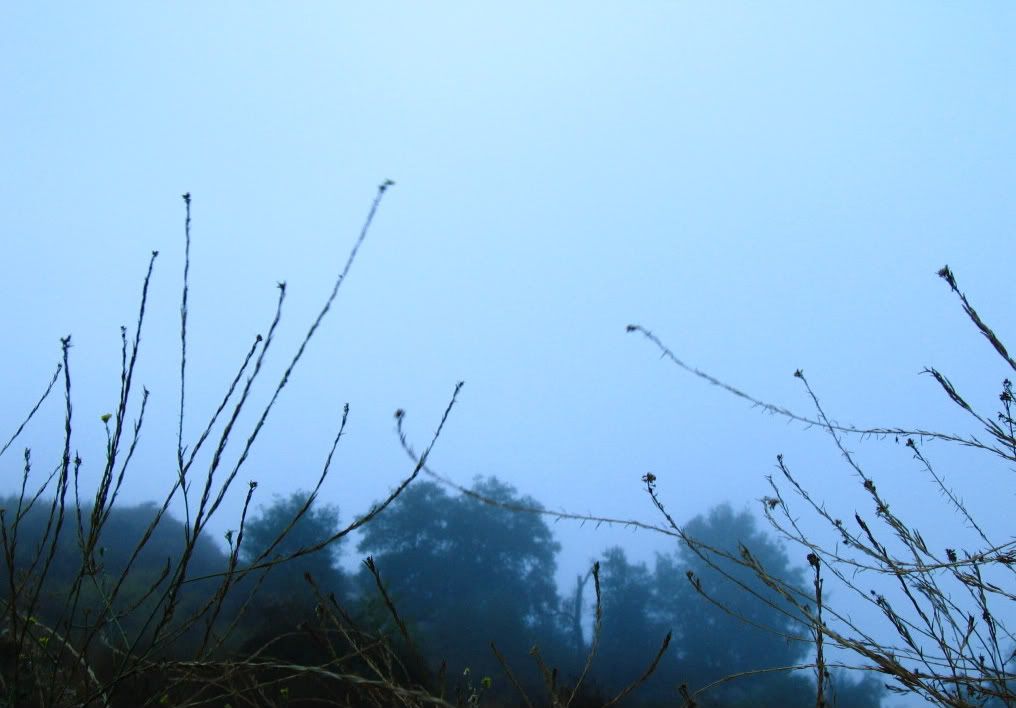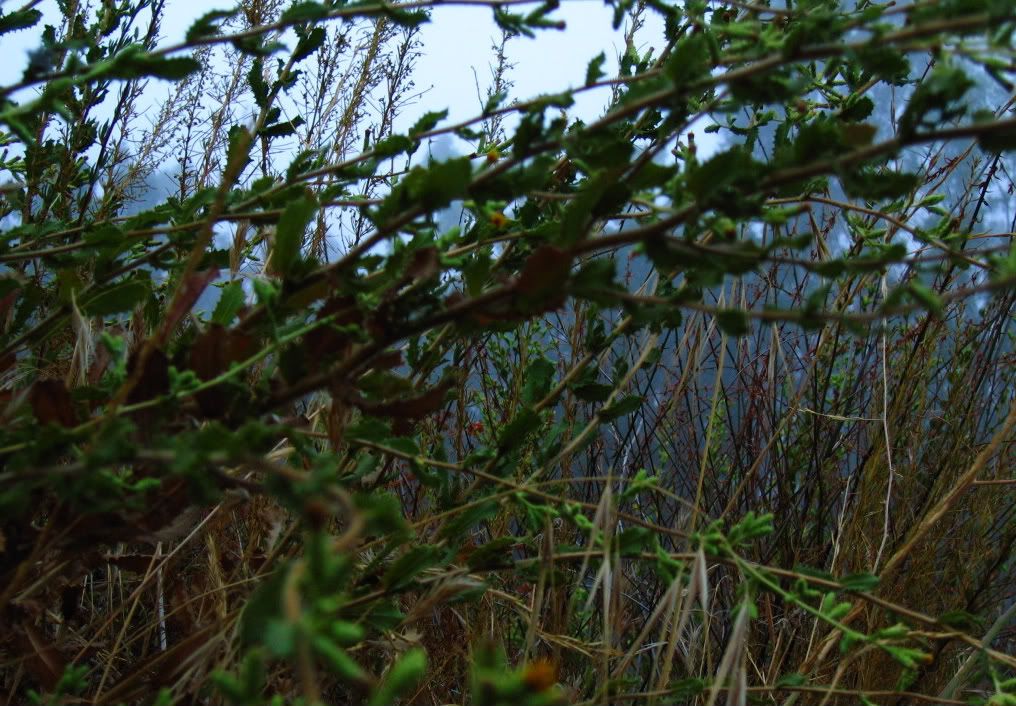
The ground is the nature of things
This nature, dharmata, is self-existing.
This dharmata nature is not fabricated.
It's not something that was once constructed.
It is not something that originally didn't exist and was then created.
It is not something that we can improve or modify in any way.
It simply is what is.
What naturally is.
The natural state, itself.
Not made by the Buddha.
Not made by sentient beings.
Not made by four elements.
It is a nature that just is, by itself.

The Buddha did not come into this world and create this basic nature.
Everything is naturally pervaded by emptiness. Likewise, mind is naturally and
always pervaded by a nature that is empty and cognizant. By "everything,"
I am referring to material or concrete things as well. They're all permeated by an
empty quality, and it is this very quality that allows things to come into being.
That empty quality is still present even when things exist. In the same way,
all states of consciousness are permeated by a nature that is both empty and cognizant.

The empty quality of things means the openness that allows for the thing to come into being,
to unfold, to be present. You can move your hand around in midair because
the space is open, right? Another word for this open quality is "empty."
Here's another example: this stick I'm holding in my hand can disintegrate.
It has a perishable nature, right? The fact that its existence is impermanent
proves that it is empty in nature. These examples provide a rough idea
of what the empty quality means in this context.

Our nature---this mind right here---is something that is basically both empty
and cognizant, indivisibly. What happens in a normal moment of perception,
when we are looking at a flower, for example, is that our basic identity, this unconfined,
empty cognizance, becomes confined in the moment of perceiving.
Somehow the empty quality becomes limited to being the perceiver,
while the cognizance of the perceived, of what is present, is confined to being the object.
The original unconfined and empty cognizance becomes apparently split up
into perceiver and perceived, subject and object.

Of course, this isn't really the case; it just seems like that.
This mistaking of what seemingly is as being real is confusion.
That is what confusion really is: mistaking something that seems to be for what it isn't.
At the same moment, one fails to recognize what actually is. Delusion is the ongoing,
moment-to-moment conceptualizing activity of fabricating a subject
and object that don't really exist.

It's as if we see a colored rope lying on the ground, mistake it for a snake, and panic.
The rope and the snake look alike, and because of not directly seeing what is what,
we become confused. On the other hand, when we recognize that the rope
is simply a rope---when we recognize it for being what it is---the notion
that it is a snake vanishes. That is only possible because the snakeness
doesn't exist in any way whatsoever in the rope. Therefore, that which so
terrified us was merely a construct created by our own thoughts.

....Ground is our basic state, which is pure in nature. It's because
we don't know this purity---because we don't acknowledge it---that we confuse it with impurity
. So, confusion occurs on the path...We need to recognize our basic state, the ground...
From the Dzogchen perspective, everything that covers or obscures
the pure basic ground is called thought, or conceptual mind.
Regardless of whether it is karma or habitual tendencies,
it is contained within conceptual attitude. Trekchö is the thorough cut of cutting through,
cutting the obscurations completely to pieces, like slashing through them
with a knife. So the past thought has ceased, the future thought hasn't yet arisen,
and the knife is cutting through this stream of present thought. But one doesn't
keep hold of this knife either; one lets the knife go, so there is a gap.
When you cut through again and again in this way, the string of thought falls to pieces.
If you cut a rosary in a few places, at some point it doesn't work any longer.

If you cut Tsoknyi Rinpoche's head off, and cut his arms and legs off, and continue
cutting in this way, at some point there is no longer any Tsoknyi Rinpoche.
If you only cut off Tsoknyi Rinpoche's head, you can say here is Tsoknyi Rinpoche's head
and here is his body, those two pieces. But if you cut the head up again and say
here are the cheeks and here are the eyes and so on, soon you won't be able to call
those pieces a head any longer. And if you cut those pieces up really finely,
if you mince them up completely, finally there are no separate things left at all.
Eventually it becomes emptiness. There is only the name left of Tsoknyi Rinpoche;
there is no thing to attach that to. If Tsoknyi Rinpoche is not that famous,
after a few generations even the name vanishes as well.
Everything vanishes, even the name.

Confusion needs to be chopped into pieces in the same way.
The conceptual frame of mind is not one solid lump; it's not a single concrete thing.
It's actually made up of small pieces that are connected in a vague sort of way.
You can call that vague sort of connection karma or habit or thinking mind.
But if you know how to really recognize, a gap immediately appears.
Then it's like your obscurations have been removed, allowing a little piece of your basic nature
to be visible. So it gets covered up again, and again you need to recognize rigpa (1).
You'll find that as you chop more and more,
the ability of the obscurations to return actually becomes less and less.

Even if only a little piece of the basic state is visible, if it is the genuine, real thing,
that is the recognizing of dharmakaya. But whether we actually recognize
or not is not dependent solely upon ourselves. The Dzogchen teaching on how to
recognize is available and is being taught. But how it is applied by a person is
something entirely up to the individual.... We need to recognize in a way that is not
mixed up with concepts, with attachment, with clinging, with resting and dwelling on something.
And in a way that is not mixed up with analysis either. Everything is perceived,
yet we are not stuck in the perceiving.
This is a very important sentence:
"Everything is perceived, yet we are not stuck in the perceiving."

...Ground, path, fruition---all of these terms are basically about our innate nature,
which is not confined to only samsara or only nirvana. Our basic state is something
that is present in every situation, whether samsaric or nirvanic,
without belonging to either. In a way one could say it's the shared or common
ground of these two states. So that is the purity, the purity of the basic state.
The most important thing to understand at first is the ground, the basic state.

This nature, what is it? It is pure. Purity. Is this something that we can accomplish?
No, it isn't. Does it belong to samsara? No.
Does it belong to nirvana? No.
Yet it's present throughout all states. That basic nature is what we should fully realize.
It's difficult to find an accurate example of how this innate nature really is.
One comparison that is often used is space.
Space is not limited to being only between the walls and the pillars,
not just between the floor and the ceiling,
space is throughout everything.

I would like now to define the word mind. The Tibetan word is sem.
Basically it means that which knows, that which thinks that things are
"nice" or "not nice." Because there is some sense of knowing, there is some identity,
some property of that which knows. Exactly what is it, how is it?
In essence, it is your innate nature, which is all-pervasive, ever-present.
Most important is to remember we don't have to think of mind as a concrete "thing."
It's really more a quality of knowing---of knowing and thinking....

There are many ways that knowing can take place. There can be dualistic knowing,
or knowing that is free of duality. In either case, our mind is simply knowing.
The word sem means dualistic knowing....
Sometimes three indivisible apsects are described: empty in essence, cognizant by nature, and unconfined in capacity.
This indivisible nature of mind is always present and it is called by different names:
the natural state, the basic nature, the real condition, the enlightened essence, or buddha nature.
Regardless of what name it goes by, this is what is meant by ground....
From the Buddhist perspective we are not talking about only one lifetime of confusion,
but innumerable lifetimes....
The process of solidifying that which obscures our basic state
has gone on for many, many lifetimes, not just for a short while.
At some point, by means of some method, we are introduced to our basic nature
and recognize what is to be as it is.
When confusion has thoroughly been cleared up, that is fruition.
When this mistakenness is dissolved, where does it go?
Nowhere, because the confusion never existed in the first place.
If the confusion were a real entity,
then when it went away we could follow it and see where it went.
But it wasn't real at all....
{Excerpt from The Ground, by Drubwang Tsoknyi Rinpoche}

{Photos & Programming by DPC}

